When it comes to energy efficient lighting options, most people think of LEDs (Light-Emitting Diodes), CFLs (Compact Fluorescent Lamps), and newer smart lighting systems. That’s a great start, as these technologies use far less energy and last significantly longer than old-school incandescent bulbs, saving you real money on your utility bills.
Why Better Lighting Is More Than Just a Bulb Swap
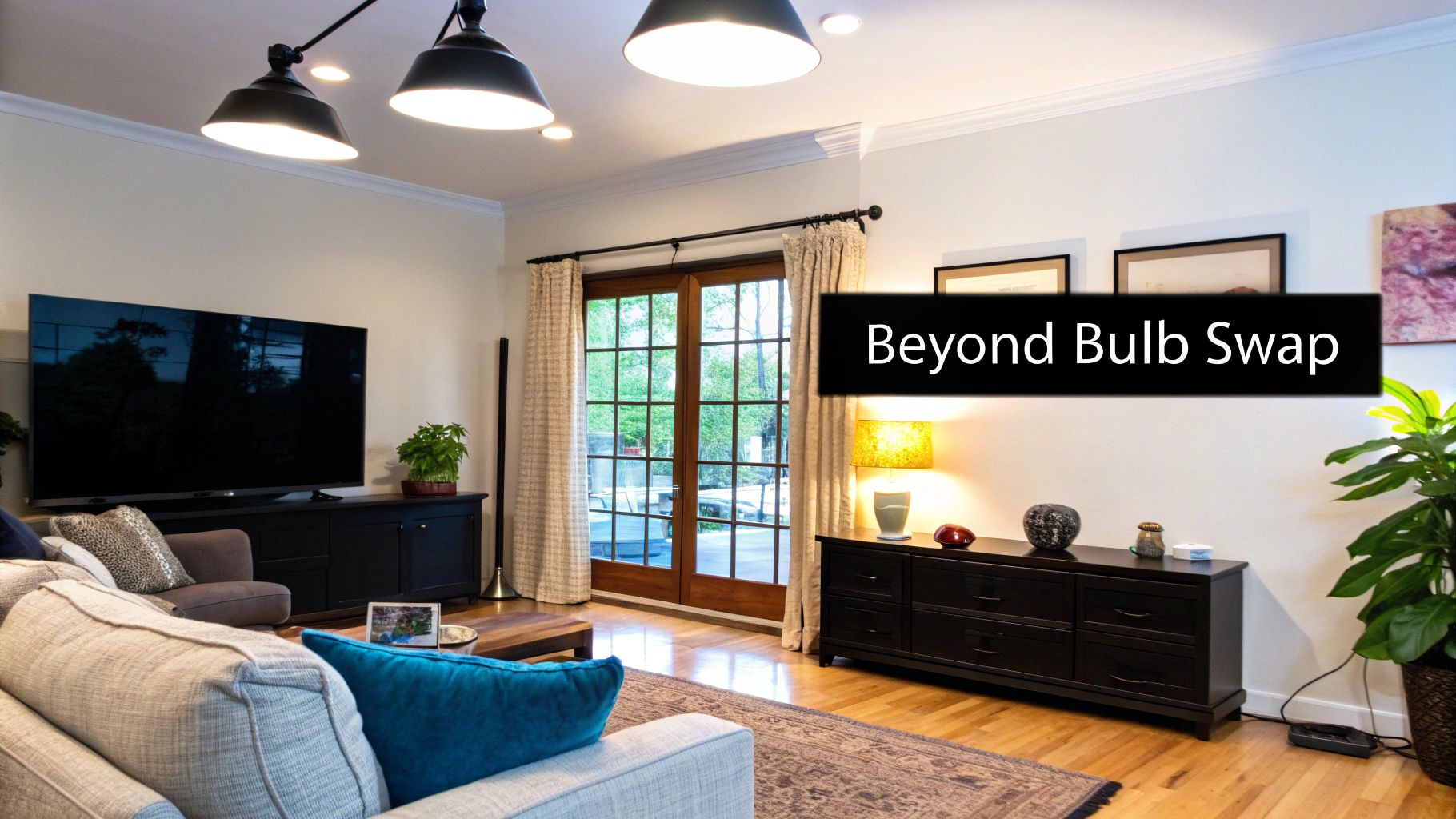
Choosing new lighting for your home used to be simple: you'd just replace a burnt-out bulb with another one just like it. But today, a lighting upgrade is a genuine opportunity to improve your home's comfort, functionality, and even its value. It’s time to stop thinking of lighting as a simple utility and start seeing it as a powerful tool for both design and efficiency.
The technology has come a long way. Think of your old incandescent bulbs like one of those chunky, first-generation cell phones—it did its job, sure, but today’s options are in a completely different league. For instance, modern LEDs use up to 75% less energy and can last 25 times longer than the bulbs they replaced.
A New Perspective on Home Lighting
This leap in technology calls for a shift in how we approach lighting. It's no longer a reactive purchase made when a light goes out; it's a proactive investment in your home. Making the right choices can pay off in ways that go far beyond a lower electricity bill.
Just look at the immediate improvements you can make:
- Enhanced Ambiance: You can now pick from a huge range of color temperatures—from a warm, cozy glow for the living room to a crisp, cool white that's perfect for a home office.
- Improved Functionality: Bright, focused task lighting in kitchens and bathrooms makes everything from chopping vegetables to getting ready in the morning safer and easier.
- Increased Home Value: A thoughtfully designed, energy-efficient lighting system is a modern feature that really stands out to potential buyers.
The goal is to move from simply illuminating a space to truly enhancing it. By focusing on the right energy efficient lighting options, you are not just saving money; you are creating a more comfortable, functional, and sustainable living environment.
Realizing that better lighting is more than just a bulb swap is the first step. The next is to embrace comprehensive energy efficient lighting upgrades that deliver benefits for years to come. This guide will walk you through exactly how selecting the right lights can completely transform your living space.
Understanding Modern Lighting Technology
To really get the best energy-efficient lighting for your home, it helps to know what's going on inside the bulb. The change from old-school lighting to what we have now wasn't just a small step—it was a huge leap in how we make light. Once you get the basics, you'll be able to walk into any store and read a lighting box like a pro.
Let’s start with what we all grew up with: the traditional incandescent bulb. For more than a hundred years, this was the only game in town. It worked by heating a tiny wire filament until it glowed white-hot. Simple, yes, but also incredibly inefficient. In fact, a staggering 90% of the energy an incandescent bulb eats up is wasted as heat, not turned into light you can actually see.
All that wasted energy practically begged for a better solution. The first big improvement that made its way into most homes was the Compact Fluorescent Lamp, or CFL.
The Rise of CFLs as a Bridge Technology
CFLs work in a completely different way. Instead of a glowing-hot wire, they use electricity to zap a mix of argon and mercury vapor inside a glass tube. This creates invisible ultraviolet (UV) light, which then hits a special fluorescent coating (called phosphor) on the inside of the tube, making it glow.
This clever process is way more efficient than the brute-force heat of an incandescent. As a result, CFLs use about 70% less energy to create the same amount of light—a massive improvement. But they weren't perfect. They contained mercury, which made disposal tricky, and most had an annoying warm-up period before they hit full brightness. Think of them as the crucial stepping stone from old-world wastefulness to today's solid-state lighting.
The LED Revolution in Home Lighting
The real star of the show today is the Light Emitting Diode, or LED. Unlike anything that came before it, an LED isn't a miniature furnace or a gas-filled tube. It’s a tiny semiconductor—a solid piece of material, a lot like a computer chip—that lights up when electricity runs through it.
This effect, called electroluminescence, is exceptionally efficient and generates very little heat. It's like the difference between an old vacuum tube radio that got hot enough to cook on and a modern smartphone that stays cool in your hand. LEDs turn a much higher percentage of electricity directly into light, making them the undisputed champs of energy efficiency. If you want to dive deeper, you can find a wealth of information on LED lighting.
This chart really puts the efficiency gains into perspective, showing how many lumens (a measure of brightness) each technology produces for every watt of power it uses.
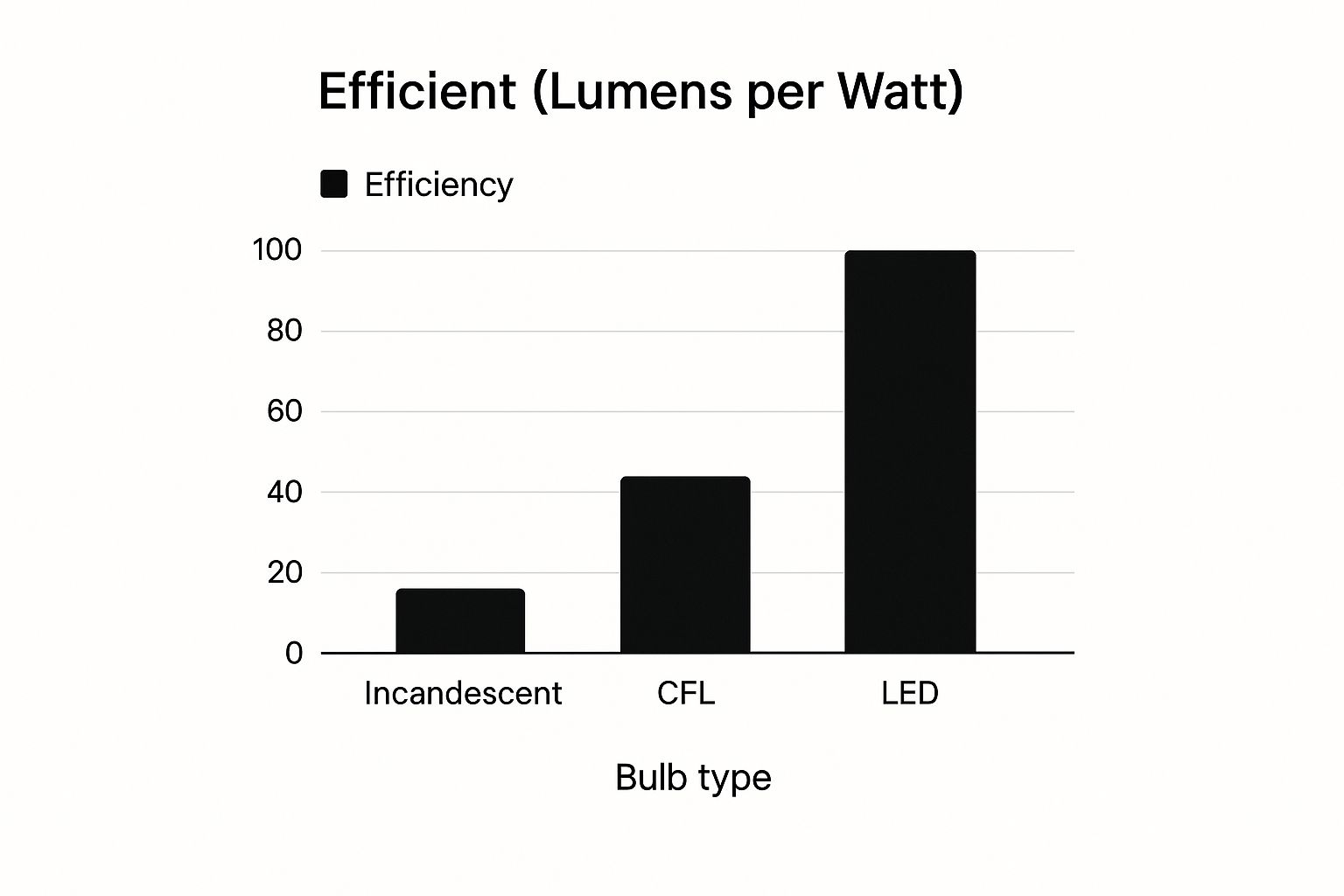
As you can clearly see, LEDs are in a class of their own, squeezing out far more light from every watt compared to CFLs and especially incandescents.
Decoding the Language on the Lighting Box
Now that you know how the tech works, all that jargon on the lighting package starts to make sense. Instead of just grabbing a bulb based on its wattage (which only tells you how much energy it uses), you can focus on the specs that actually matter for performance.
Here are the two most important terms you need to know:
- Lumens (lm): This is the real measure of how bright a bulb is. More lumens means more light. Your old 60-watt incandescent bulb put out around 800 lumens, but an LED can do the same thing using just 9 or 10 watts.
- Kelvin (K): This scale tells you the color temperature of the light. It’s what sets the mood, ranging from a cozy, warm glow to a crisp, cool white.
Choosing the right light is no longer about how much energy a bulb uses (watts), but about how much light it produces (lumens) and what that light looks like (Kelvin).
Getting a handle on these terms turns shopping for a lightbulb from a guessing game into an informed choice. You can now confidently pick the exact brightness and color you want for any room, all while knowing you’re being as energy-efficient as possible.
Comparing The Best Energy Efficient Lighting Options
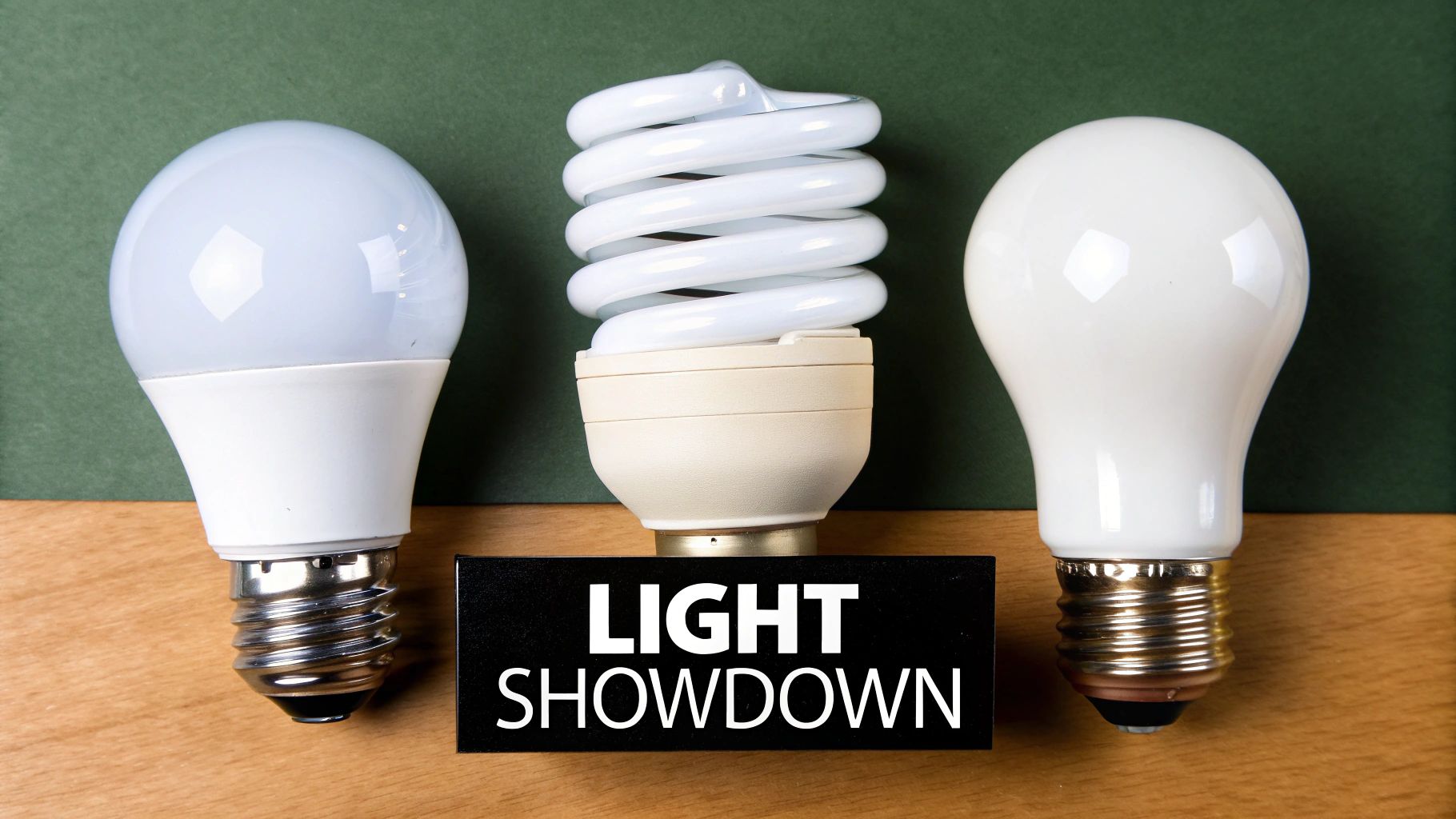
Now that you've got a solid grasp of how modern lighting works, it’s time for a head-to-head showdown. Picking the best energy efficient lighting options for your home means clearly comparing the main contenders: LEDs, CFLs, and the most efficient of the old guard, Halogen Incandescents. Each one has its own profile of strengths and weaknesses that really matter in the real world.
This isn't just about grabbing the newest tech off the shelf. It’s about matching the right bulb to the right job and your budget. Let’s break down the most important factors to see how they stack up.
Lighting Technology Head-to-Head Comparison
A side-by-side view makes it easy to spot the key differences in performance, cost, and longevity. Here’s a practical look at how these three popular lighting choices compare on the metrics that matter most.
| Feature | LED (Light Emitting Diode) | CFL (Compact Fluorescent) | Halogen Incandescent |
|---|---|---|---|
| Energy Efficiency | Highest (Uses up to 75-80% less energy) | High (Uses up to 70% less energy) | Lowest (Only 25% more efficient than standard) |
| Average Lifespan | 25,000 – 50,000+ hours | 8,000 – 10,000 hours | 1,000 – 2,000 hours |
| Upfront Cost | Moderate to High | Low to Moderate | Lowest |
| Color Accuracy (CRI) | Excellent (Often 80-95+, renders colors vividly) | Good (Typically 80-85, can vary) | Excellent (Nearly perfect 100 CRI) |
| Environmental Impact | Mercury-free and highly recyclable | Contains a small amount of mercury; requires special disposal | No mercury, but high energy use is a concern |
| Heat Output | Very low | Low | Very high |
This table lays out the specs, but what do these numbers actually mean for your home? Let's translate this data into real-world impact.
What These Numbers Mean for Your Home
That table gives us a great snapshot, but let's translate those numbers into practical benefits. A bulb's lifespan, for example, isn't just a technical spec; it's about convenience. A long-lasting LED in a high-ceiling fixture means you won't be climbing a ladder to change it for over a decade.
That’s a massive advantage over halogen incandescents, which might need replacing every year or two under the same conditions. While the initial price of a halogen is lower, the frequent replacement costs—not to mention the higher energy bills—quickly erase that early advantage.
Diving Deeper into Cost and Savings
The upfront cost is often the first thing people notice, but it's only a small part of the total cost of ownership. The real story unfolds over the lifetime of the bulb. Think of it like comparing two cars: one is cheaper to buy but gets terrible gas mileage, while the other costs more initially but saves you a fortune at the pump.
An LED is the fuel-efficient car of the lighting world. Its higher price tag is an investment that pays for itself multiple times over through dramatically lower electricity consumption.
The right energy efficient lighting options can slash energy use by over 75% compared to traditional bulbs, which waste over 90% of their energy as heat. This massive efficiency gain is why these solutions are championed by environmental groups worldwide. You can learn more about the growth of the energy-efficient lighting market and its impact.
This long-term financial perspective is crucial. The savings compound year after year, making LEDs the most economically sound choice for any frequently used light fixture in your home.
The Importance of Color and Light Quality
Beyond savings, the quality of light is what transforms a room's atmosphere. This is where the Color Rendering Index (CRI) comes in. It’s a simple scale from 0 to 100 that tells you how accurately a light source reveals the true colors of objects.
- High CRI (90+): This is where today’s LEDs truly shine. High CRI is essential in kitchens, where you want to see the vibrant colors of fresh produce, and in bathrooms, where accurate skin tones are important.
- Good CRI (80-89): Most quality CFLs and many standard LEDs fall into this range, which is perfectly fine for general lighting in living rooms, bedrooms, and hallways.
- Perfect CRI (100): Halogen incandescents offer a perfect score because their light spectrum is very similar to natural sunlight. However, this one advantage is often completely outweighed by their extreme inefficiency and short lifespan.
Choosing the right bulb means balancing all these factors. For a rarely used closet light, a cheap halogen might be fine. But for the lights you use every single day, the superior efficiency, longevity, and light quality of an LED make it the clear winner for almost any application.
How to Light Every Room in Your Home Perfectly
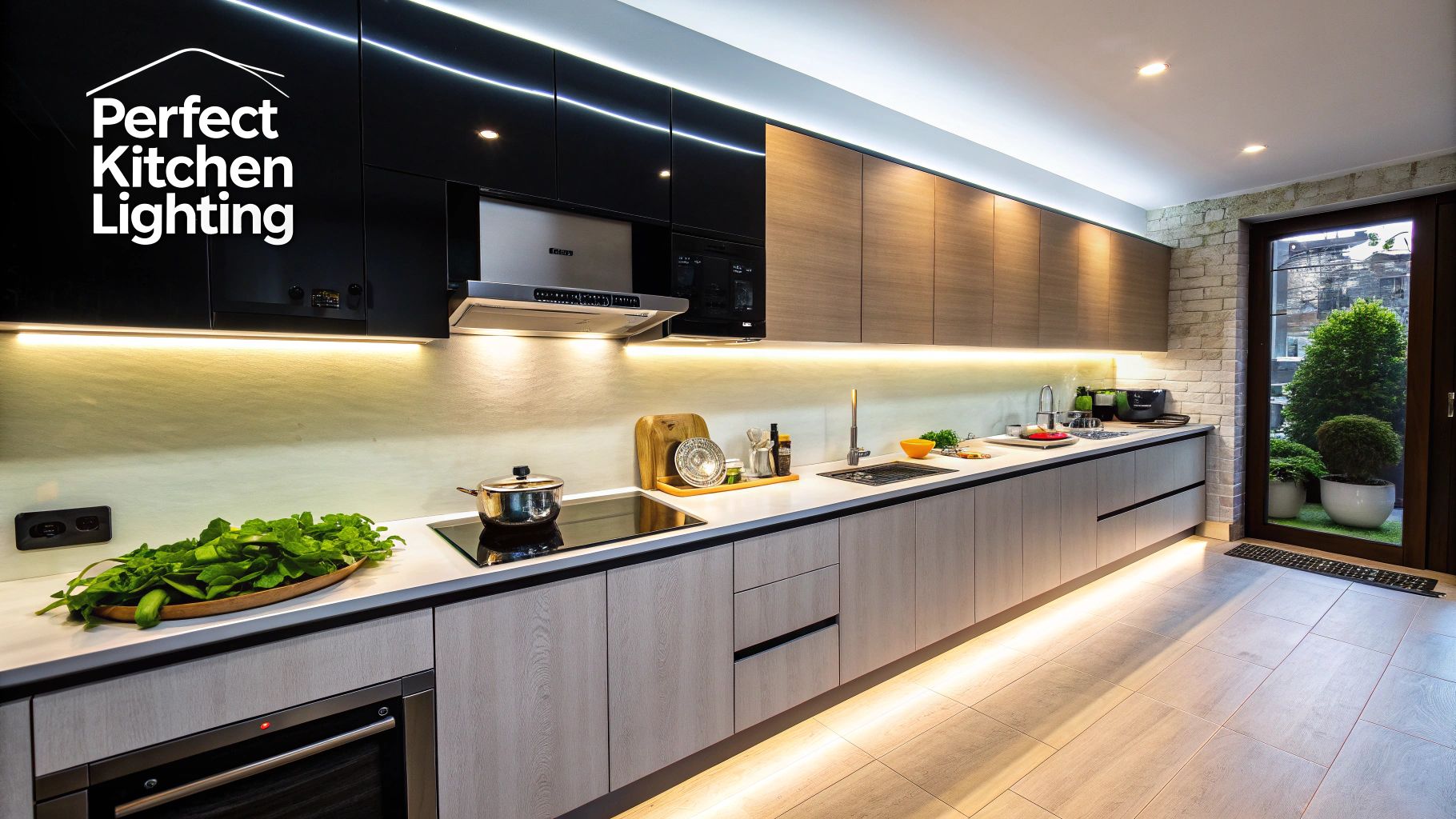
Choosing the right energy efficient lighting isn't just about screwing in a new bulb; it's about understanding that every room has a different job to do. A bulb that makes your living room feel like a cozy retreat would be a disaster in a kitchen where you need to see what you're chopping.
Let’s walk through a playbook for your home, room by room. We'll go beyond generic tips to help you layer light effectively, creating spaces that are both beautiful and perfectly functional. The goal is simple: make every room look and feel its absolute best.
Bright and Functional Kitchen Lighting
The kitchen is the workhorse of the home, and it demands clear, high-quality light. More than anywhere else, this is where task lighting is king. Your main mission is to banish shadows from countertops and prep areas.
You need bright, clean light to get the job done right. That means looking for LEDs with a high Color Rendering Index (CRI) of 90 or higher. A high CRI ensures the colors you see are true to life—think of the vibrant red of a ripe tomato versus a dull, washed-out version. It makes cooking safer and a lot more enjoyable.
- Under-Cabinet Lighting: This is non-negotiable. LED strips or pucks placed here give you direct, shadow-free light exactly where you need it most.
- Overhead Fixtures: For general room illumination, a bright central fixture with a cooler color temperature (around 4000K) works wonders.
- Pendant Lights: Hanging pendants over an island or peninsula not only adds a touch of style but also provides fantastic, focused light for everything from homework to serving dinner.
Creating a Relaxing Living Room Atmosphere
The living room wears many hats—it’s where you relax, entertain, and connect with family. Because of this, your lighting needs to be just as flexible. The secret is creating a warm, inviting ambiance that can shift with your needs.
This is the perfect place for dimmable, warm-white LEDs. A color temperature between 2700K and 3000K beautifully mimics the classic, comforting glow of an old-school incandescent bulb. Dimmers aren’t a luxury here; they’re an absolute must-have for changing the mood from a bright family game night to a soft, intimate movie night.
By layering your lighting, you gain complete control over the room's atmosphere. Combine a central ceiling fixture for general light with floor lamps for reading and accent lights to highlight artwork or architectural features.
This layered approach is like having a remote control for your home’s vibe. It lets you create different "zones" of light, making a big room feel cozier or drawing attention to your favorite features with the simple flick of a switch.
Serene and Restful Bedroom Lighting
Your bedroom should be a sanctuary, a place designed for rest and relaxation. That means harsh, bright lights are strictly off-limits, especially as you’re winding down for the night.
A fantastic option for bedrooms is warm-dim technology. These smart LEDs don't just get dimmer; their color temperature also gets warmer as you lower the light, perfectly copying the calming, gentle effect of a sunset.
Here are a few best practices for a peaceful bedroom:
- Avoid Direct Overhead Light: A single, glaring ceiling fixture can feel jarring. Instead, choose bedside lamps, wall sconces, or a central fixture that has a shade to diffuse the light softly.
- Use Warm Tones: To keep the atmosphere serene, stick with color temperatures below 3000K.
- Incorporate Reading Lights: If you’re a book lover, a focused, adjustable task light is your best friend. It lights up your pages without flooding the whole room and disturbing your partner.
Outdoor and Security Lighting Solutions
Exterior lighting has two main jobs: boosting your home's curb appeal and enhancing its security. Energy-efficient LEDs are ideal for this, providing bright, reliable light for years without sending your electricity bill through the roof.
Make sure you choose LED fixtures specifically rated for outdoor use—they're built tough to handle moisture and changing temperatures. For security, you can’t beat motion-activated floodlights. They're incredibly effective and efficient, only switching on when they detect movement. Many modern systems even come with smart features, letting you control the lights and get security alerts right on your phone, giving you extra convenience and peace of mind.
Unlocking Total Control with Smart Lighting
Energy efficiency today is about more than just the bulb itself; it's about intelligence. When you combine super-efficient LED technology with smart home automation, you get lighting that does more than just illuminate a room. It gives you incredible control over your home's atmosphere right from your phone or with a simple voice command to Alexa or Google Home.
This is where modern energy efficient lighting options truly shine. We've moved past just saving power when a light is on. The real game-changer is ensuring lights are only on when you actually need them, and at the perfect brightness or color for that exact moment.
The Core Features of a Smart System
Smart lighting completely rethinks the old on/off switch, introducing features that bring a new level of convenience and efficiency to your daily life. These systems are designed to fit your routine, making your home feel more responsive and intuitive.
Here's a look at what makes smart lighting so different:
- Remote Control: Left the house and forgot to turn off the kitchen light? No problem. A couple of taps on your phone can take care of it, whether you're at the office or on vacation.
- Scheduling and Automation: You can program your lights to gently fade on in the morning as a natural alarm clock or have them automatically shut down when it's time for bed.
- Scene Creation: With a single command, you can set a "Movie Night" scene that instantly dims the living room lights and shifts them to a warm, cozy color.
- Voice Commands: Hands full? Just tell your lights what to do. Simple voice prompts give you effortless, hands-free control over a single bulb or an entire room.
For a glimpse into how sophisticated this can get, a smart remote control LED chandelier shows just how much control you can have over both ambiance and energy use. These aren't just cool gadgets; they deliver real benefits you'll notice in your home and on your energy bill.
How Smart Features Drive Real Savings
The brilliant thing about smart lighting is how all its convenient features naturally lead to saving energy. Automation takes human error out of the equation—no more forgetting to flip a switch in an empty room. Over time, this consistent, automated control adds up to some serious savings.
Think about it: lights that automatically dim to 50% brightness after 10 PM, or sensors that adjust the indoor lighting based on how much natural daylight is coming through the windows. These small, background adjustments guarantee you’re never using more electricity than you have to. That kind of detailed control is a huge step forward for managing home energy.
Smart lighting is about making your home work for you. It's an ecosystem where efficiency and convenience are two sides of the same coin, creating a living space that is both more comfortable and more economical.
There's a reason this market is exploding. The solid-state lighting sector, which includes smart LEDs, was valued at USD 100.5 billion in 2025 and is projected to skyrocket to USD 382.5 billion by 2035. This growth is all about homeowners wanting smart, integrated systems that deliver on both performance and savings.
Getting Started with Smart Lighting
You might be picturing a complicated, technical installation, but getting started with smart lighting has become surprisingly simple. For most people, the first step is as easy as swapping out a few regular bulbs for smart bulbs that connect to your phone via Bluetooth.
Once you get a feel for it, you can expand your system by adding a central hub. A hub connects all your smart devices, opening the door to more advanced possibilities like whole-home automation routines. If you're ready to dive deeper and build a complete setup, our guide to the best smart lighting systems is the perfect place to start your research. It’s a flexible solution that can grow with you.
The Real Impact of Your Lighting Choices
It's easy to think of a lightbulb as just a lightbulb, but the ones you choose have an impact that goes way beyond just brightening up a room. This is one of those simple household decisions that directly affects your bank account and the planet. The best part? The benefits aren't some far-off concept; they start adding up the very first time you flip that new switch.
Let's put some real numbers to it. Say you swap out just one old-school 60-watt incandescent bulb for a modern 9-watt LED. If you use that light for about four hours a day, you'll save around $9 per year. That might not sound like a lot, but now think about the 20 most-used lights in your home. Suddenly, you're looking at an extra $180 in your pocket every year.
More Than Just Monthly Savings
The immediate savings are great, but the long-term value is where things get really interesting. A typical LED bulb can last for an astonishing 25,000 hours or more. That means you might not have to change that bulb again for over a decade.
Over its entire lifespan, that one little LED will save you more than $120 compared to the stack of incandescent bulbs you would have bought in its place. The initial purchase price is tiny in comparison.
This isn't just a niche trend; it's a global shift. The market for energy-efficient lighting is expected to hit a staggering $93,303.0 million by 2030. This explosive growth shows just how many people are catching on to smarter, more sustainable tech. You can read more about the future of the energy efficient lighting market on researchdive.com.
A Greener Footprint from Home
While the extra cash is a nice perk, the environmental impact is where your choice truly shines. Every kilowatt-hour of electricity you don't use is one less that a power plant has to generate, which directly cuts down on carbon emissions.
Choosing efficient lighting is one of the simplest yet most effective ways to lower your household's carbon footprint. It’s a powerful step toward a more sustainable lifestyle, proving that small changes can collectively make a big difference.
When you think about millions of homes making this same small change, the collective drop in energy demand becomes massive. Your decision is a real, tangible contribution to a healthier planet.
By learning how to make your home energy efficient, you can find even more ways to build on this progress. Honestly, upgrading your lighting is one of the smartest moves you can make—for your wallet, your home, and the world we all share.
Your Lighting Upgrade Questions, Answered
Deciding to upgrade to energy-efficient lighting is a fantastic move for your home, but it's natural to have a few questions before you get started. We hear these all the time, so let's clear them up.
Are Energy-Efficient Bulbs Really Worth the Higher Price?
Without a doubt, yes. It's easy to get sticker shock when comparing an LED bulb to an old-fashioned one, but that initial price tag is deceptive. The real win is in the total cost of ownership.
An LED bulb sips energy, using up to 80% less electricity than its incandescent counterpart while producing the same quality of light. Plus, it can last up to 25 times longer. That means you could buy just one LED for the same lifespan as more than two dozen traditional bulbs. This combo of energy savings and longevity adds up to serious money back in your pocket and way fewer bulb changes.
Think of it this way: the initial cost is just a fraction of the story. When you factor in the dramatic energy savings and the convenience of not having to change bulbs for years, LEDs are overwhelmingly the more economical choice.
Do I Need a Special Dimmer Switch for My LED Bulbs?
Most of the time, yes, you will. To get that smooth, satisfying dimming effect without any flickering, you need to check two things. First, make sure the LED bulb itself says "dimmable" right on the package—not all of them are.
Second, you'll almost certainly need to swap out your old dimmer switch. Those switches were built for the high power draw of incandescent bulbs. When you pair them with a low-wattage LED, you often get frustrating results like buzzing, flickering, or a very narrow dimming range. Installing a new, LED-compatible dimmer is the key to getting the performance you expect.
How Do I Get Rid of My Old CFL Bulbs Safely?
That’s a great question, and a really important one. CFL bulbs contain a tiny amount of mercury, so you absolutely shouldn't just toss them in the trash. If they break in a landfill, that mercury can be released.
Fortunately, proper disposal is pretty straightforward.
- Check with your local waste management service for a household hazardous waste collection day or drop-off site.
- For an even easier option, many major home improvement stores like The Home Depot and Lowe's have free in-store recycling bins. You can just drop your old CFLs off on your next trip.
Ready to transform your home with smarter, more efficient technology? At Automated Home Guide, we provide expert insights and practical advice to help you make the best choices for your living space. Explore our comprehensive guides and reviews today at https://automatedhomeguide.com.
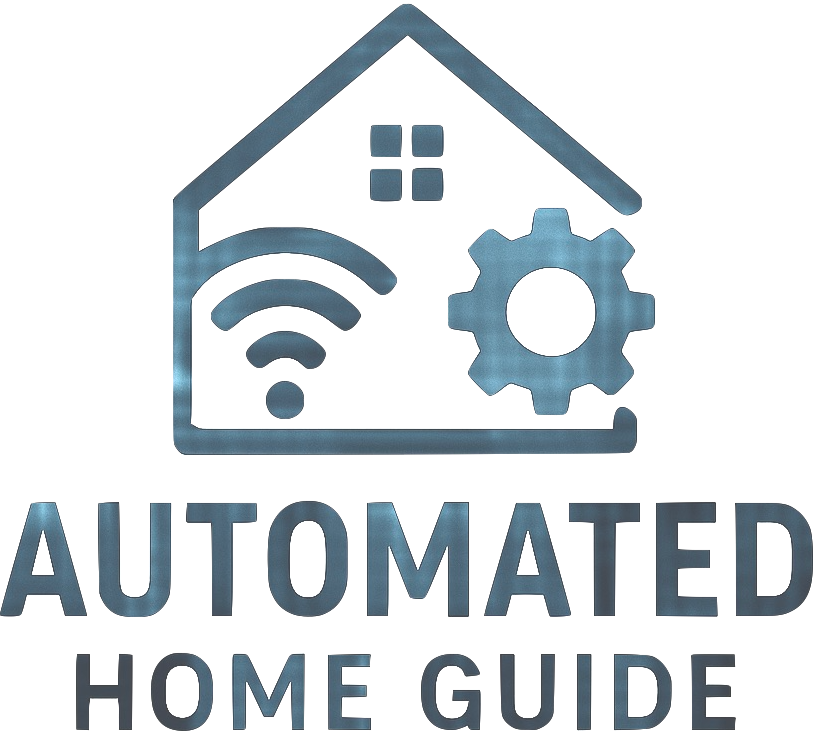
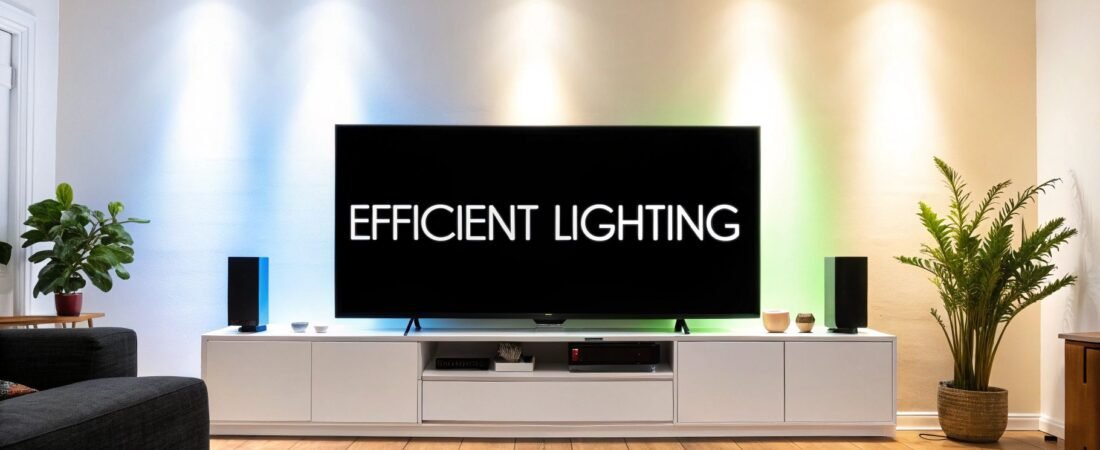
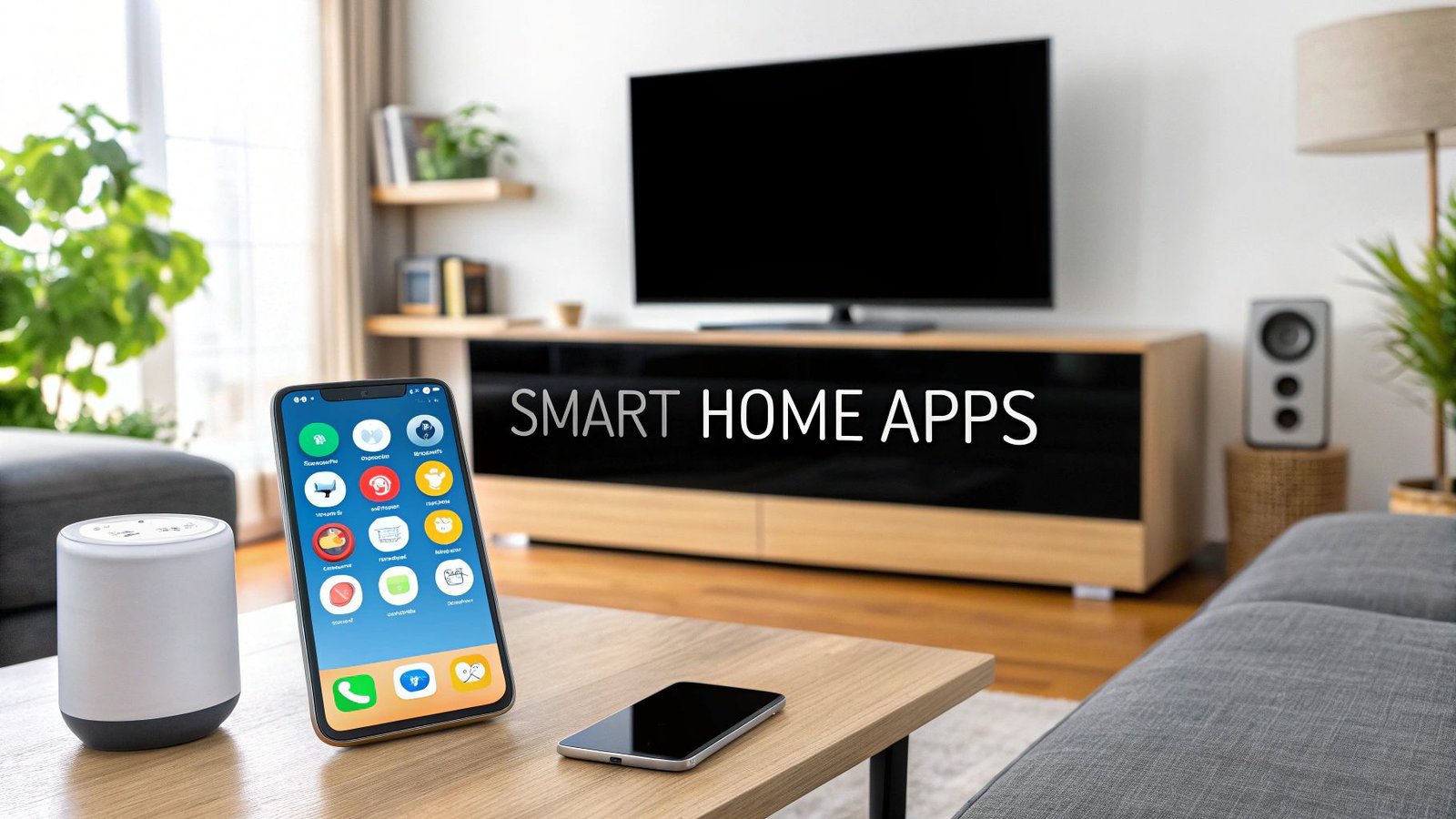
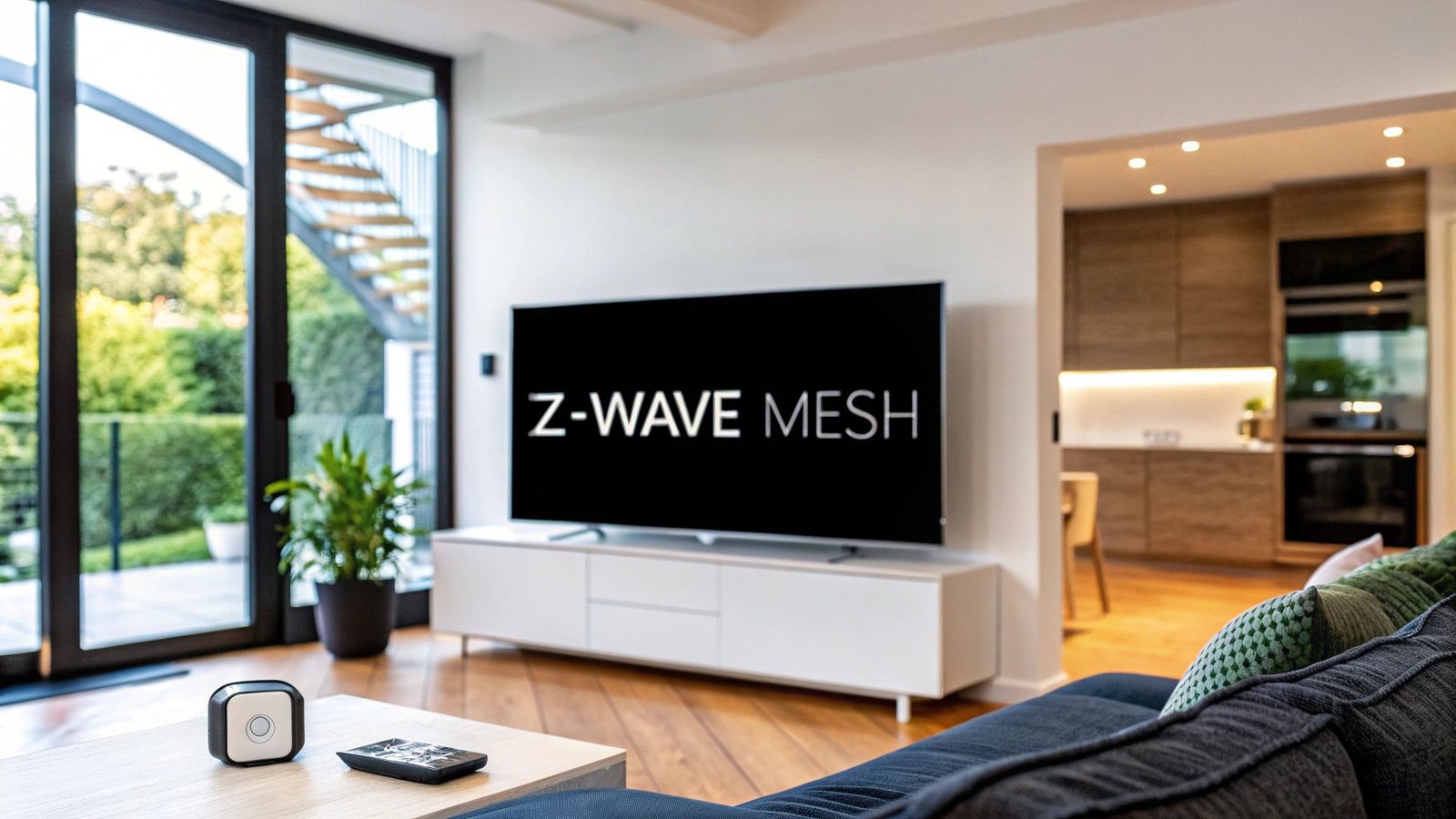
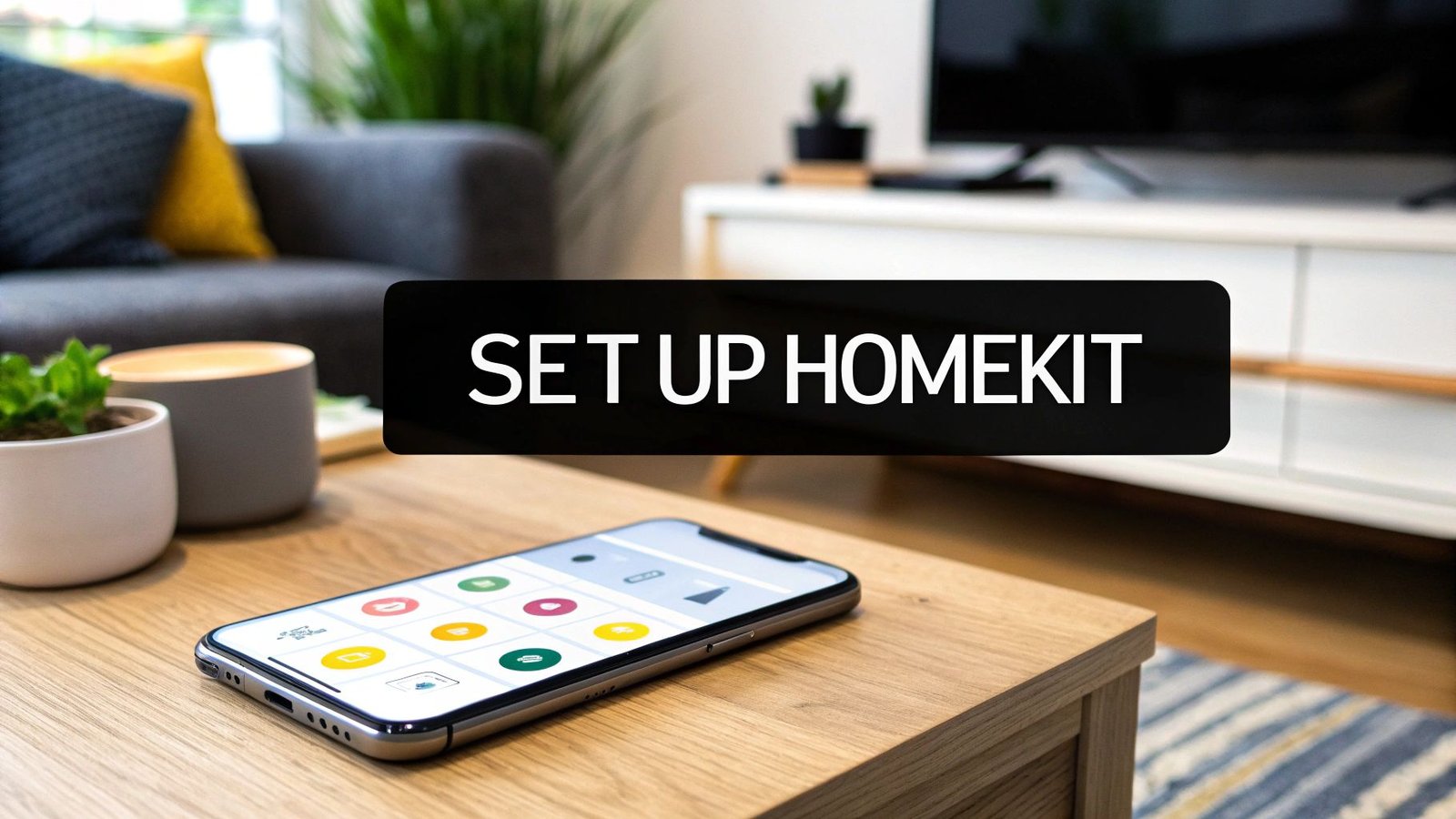
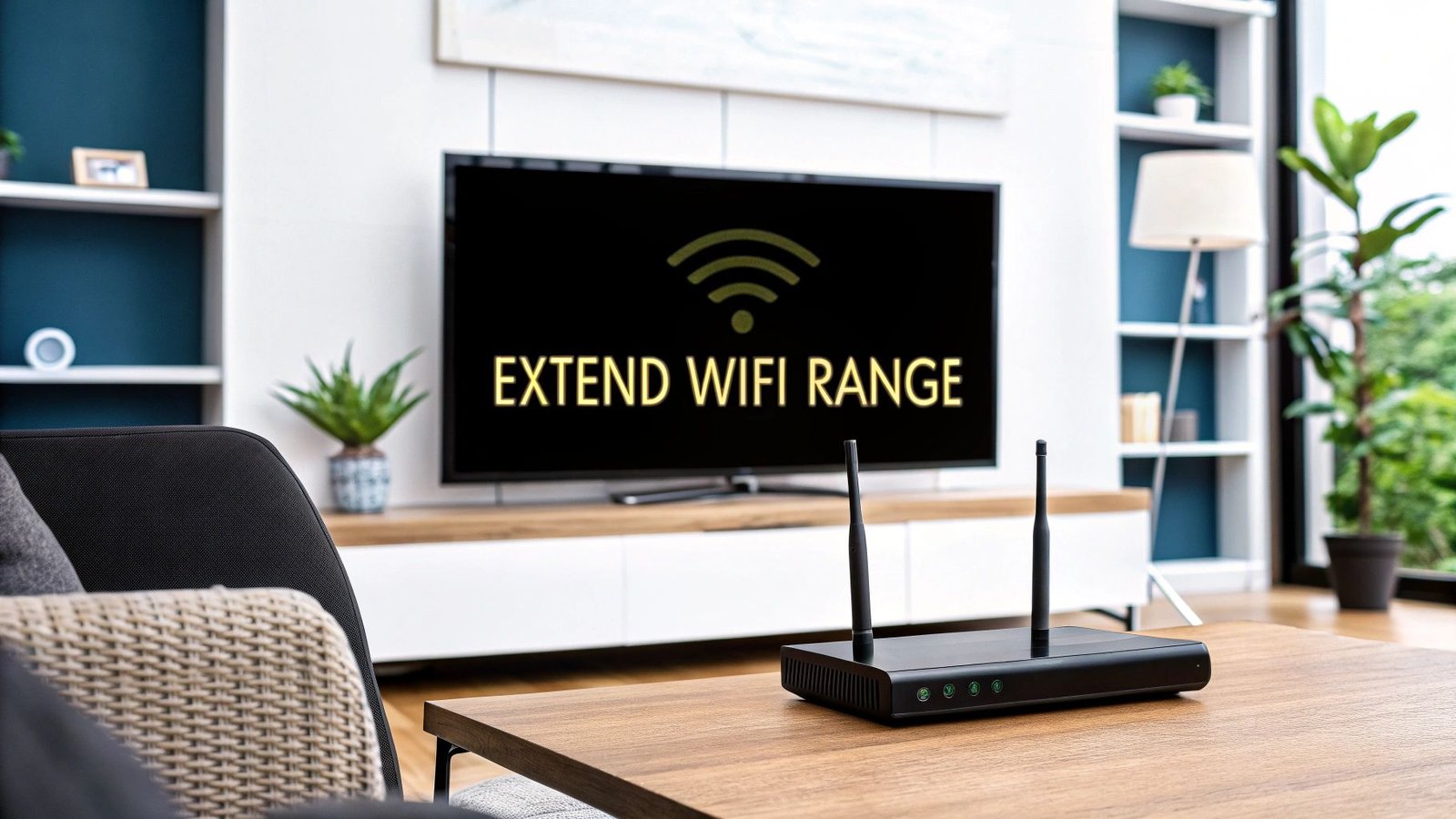
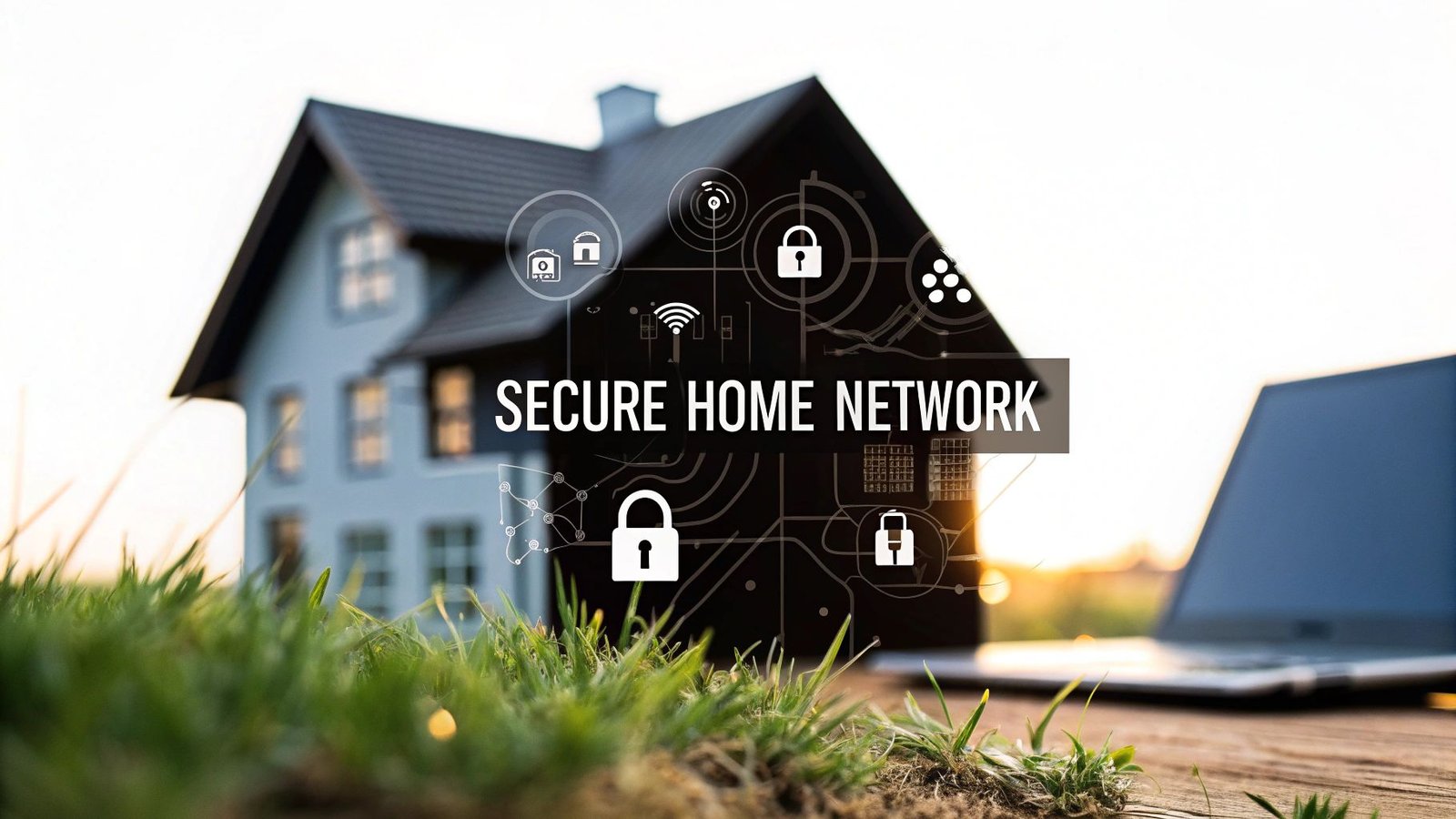
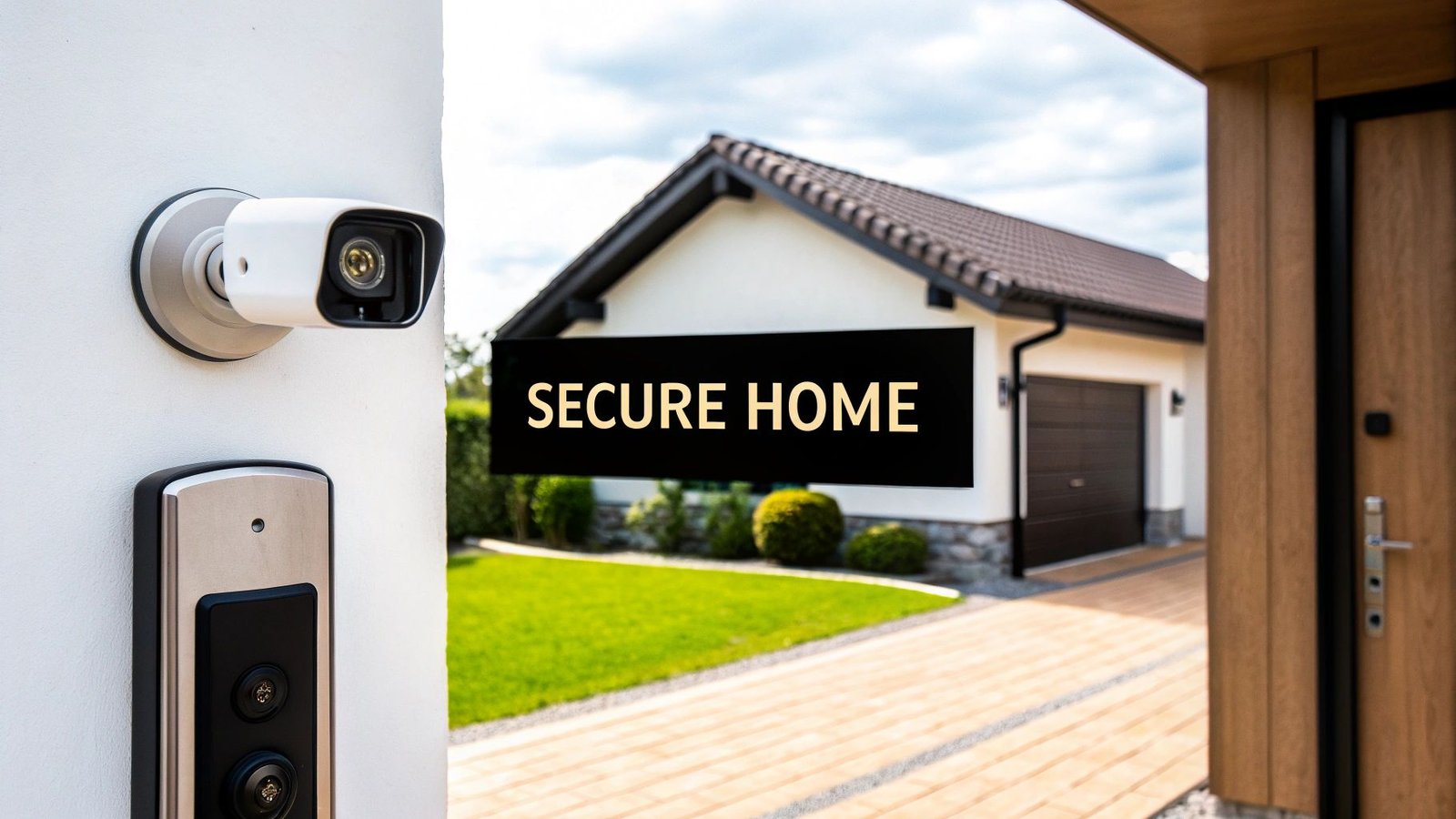
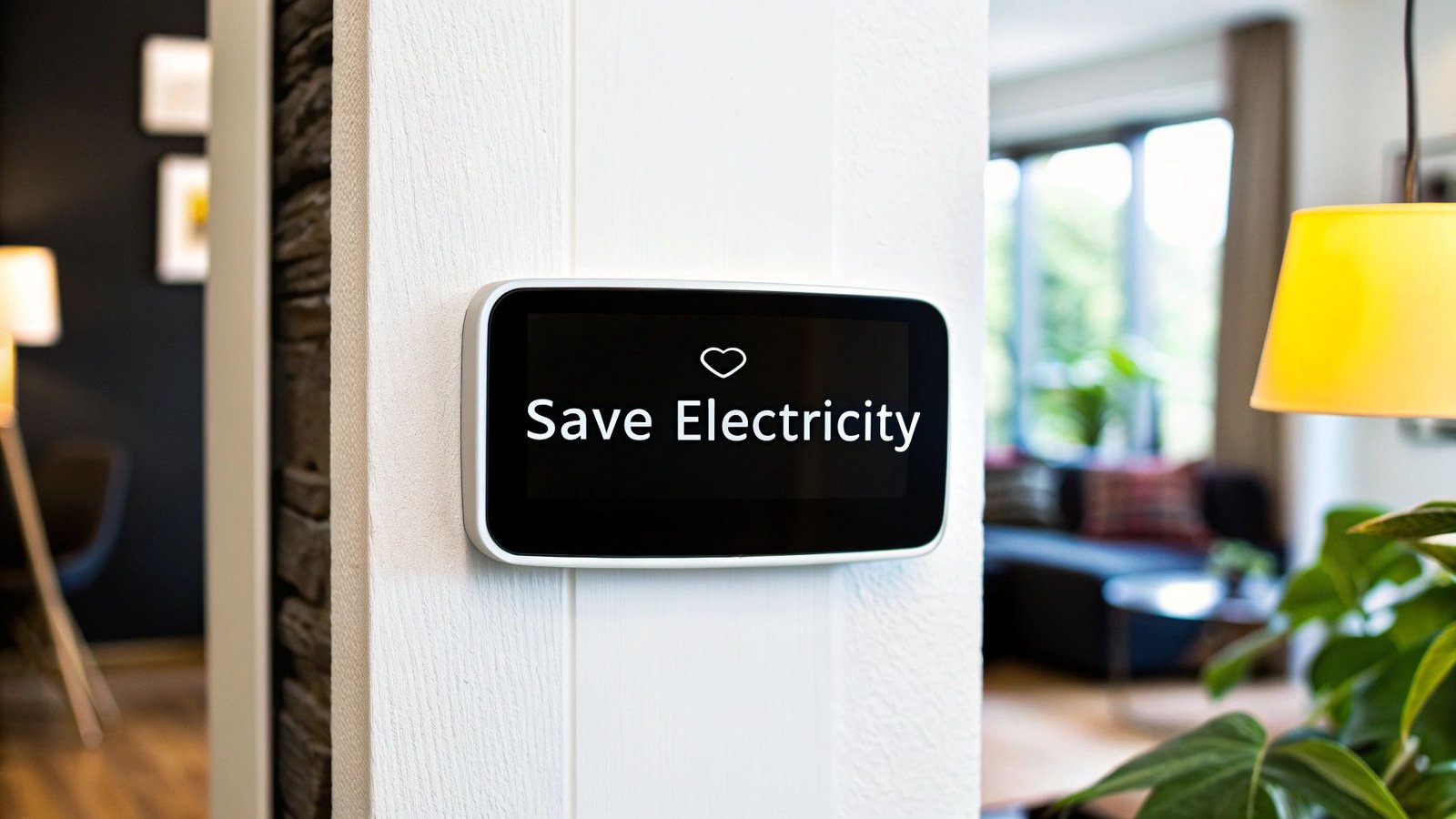
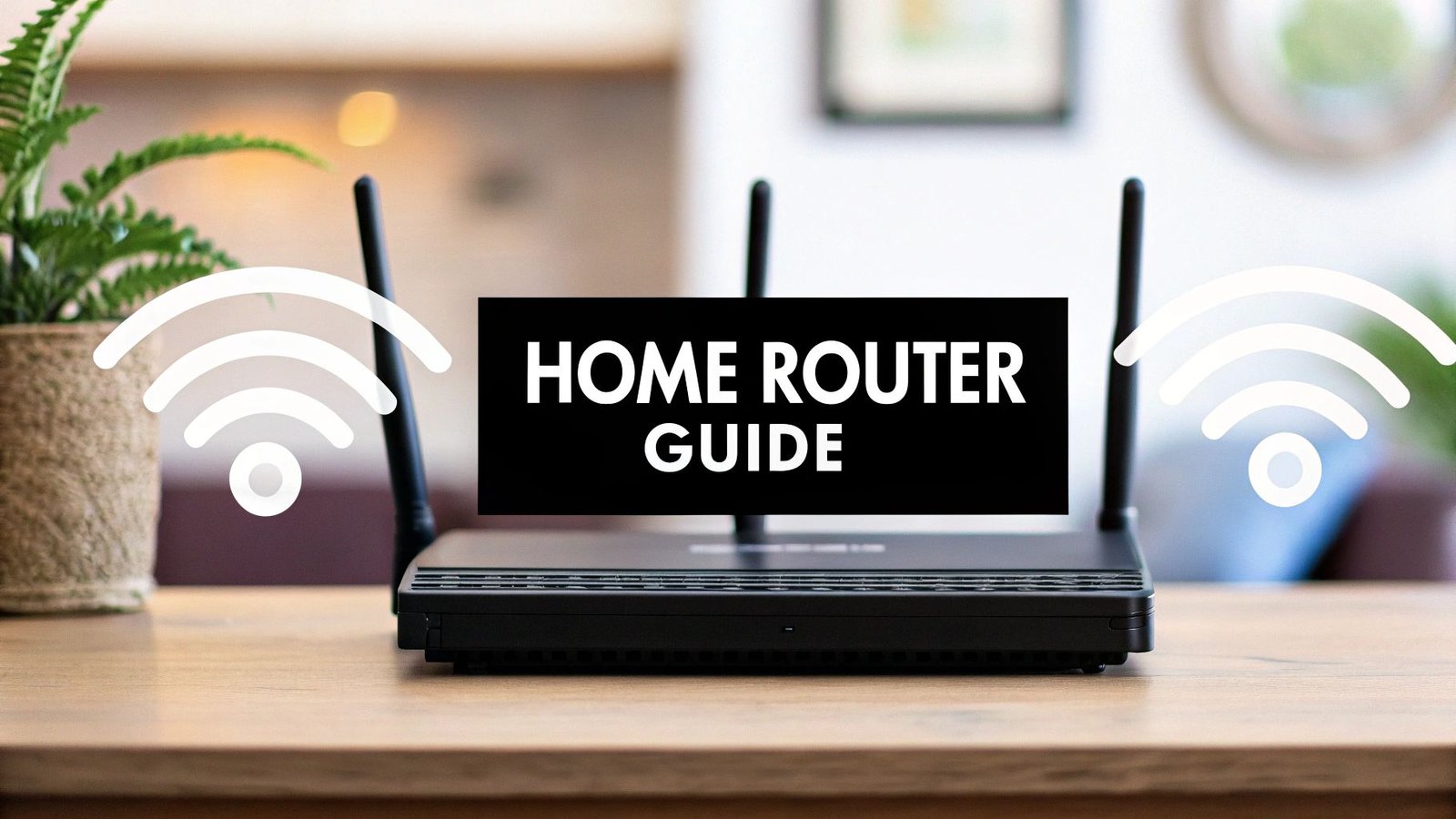
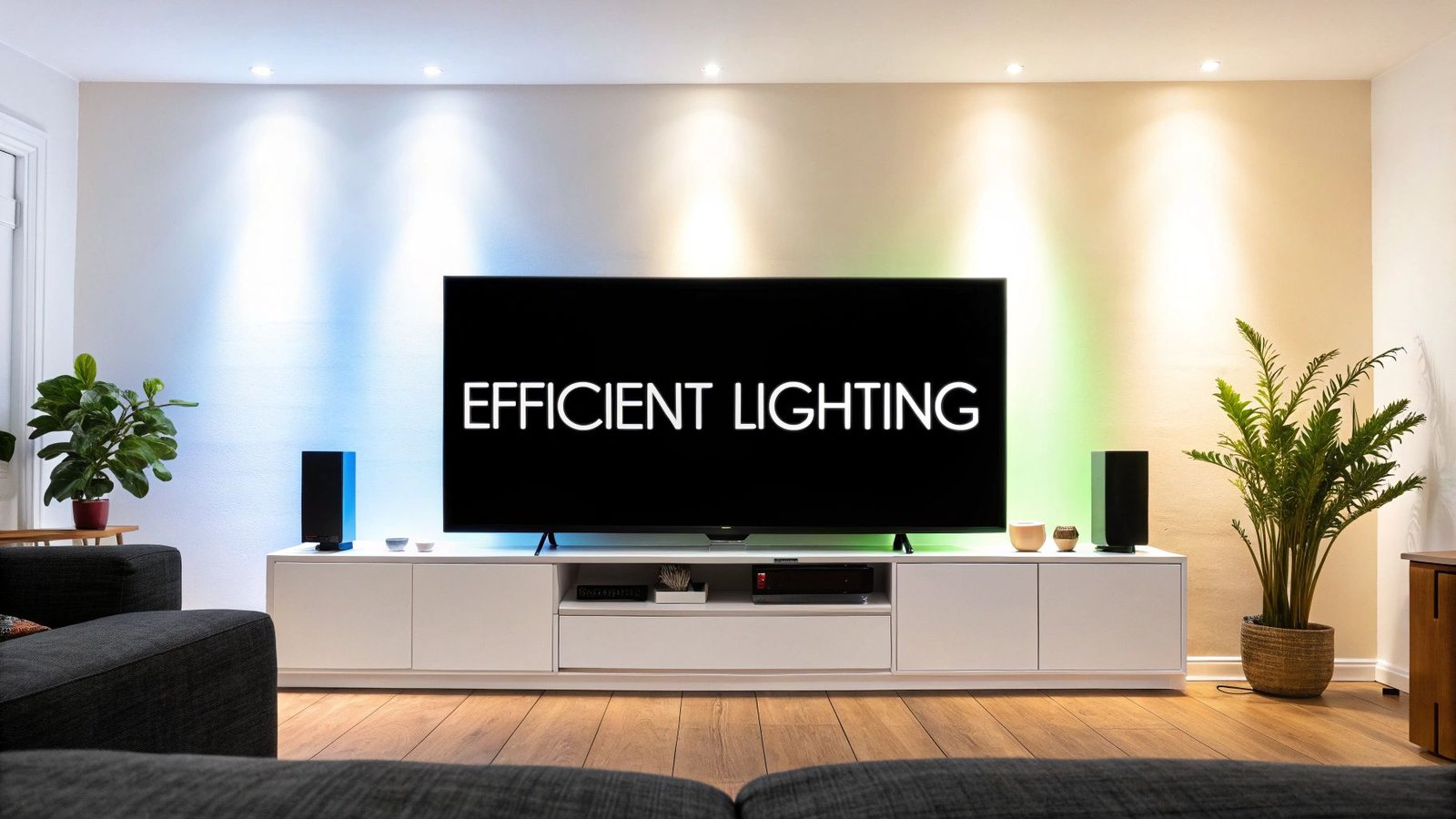
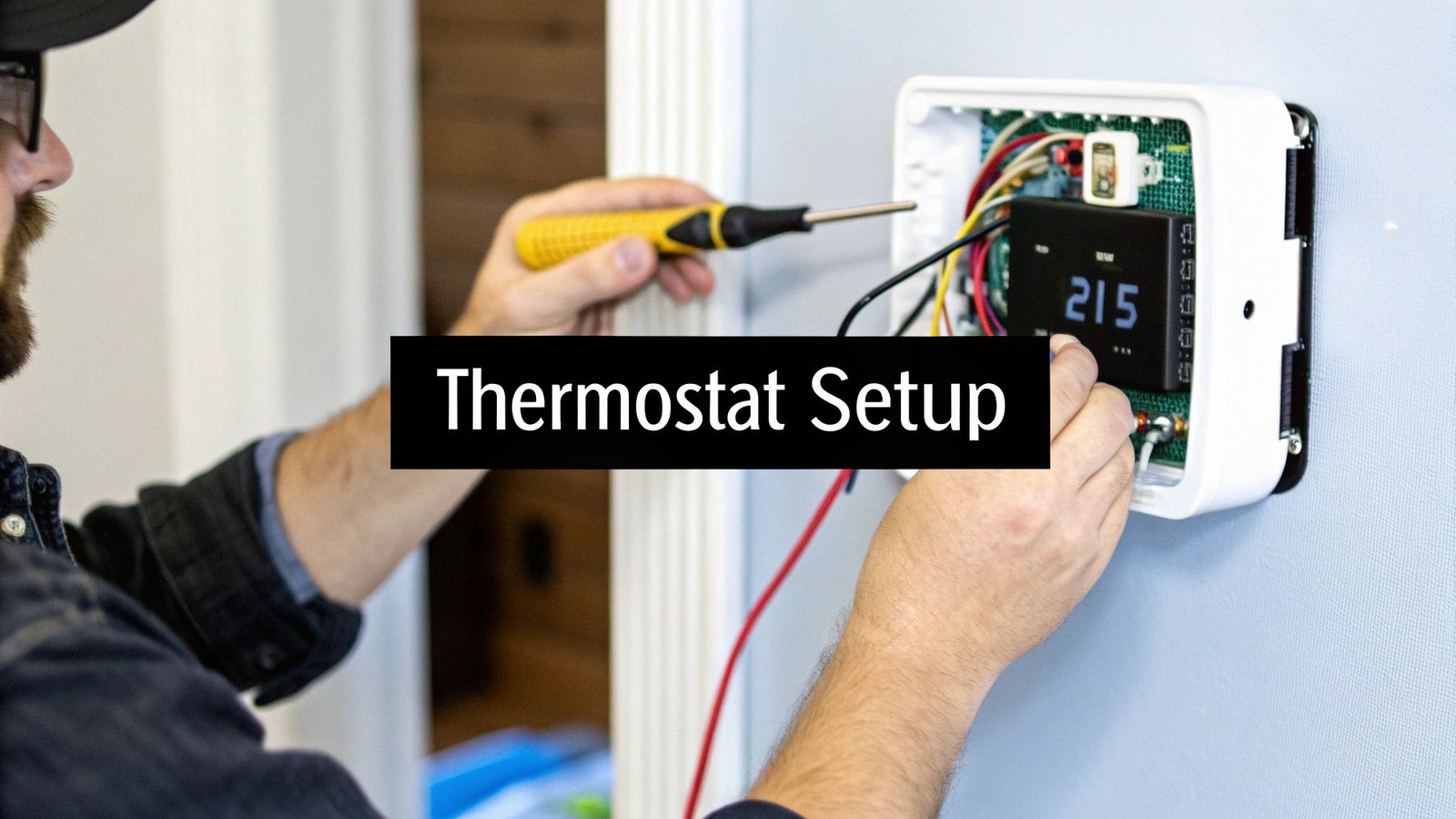
Leave a Reply